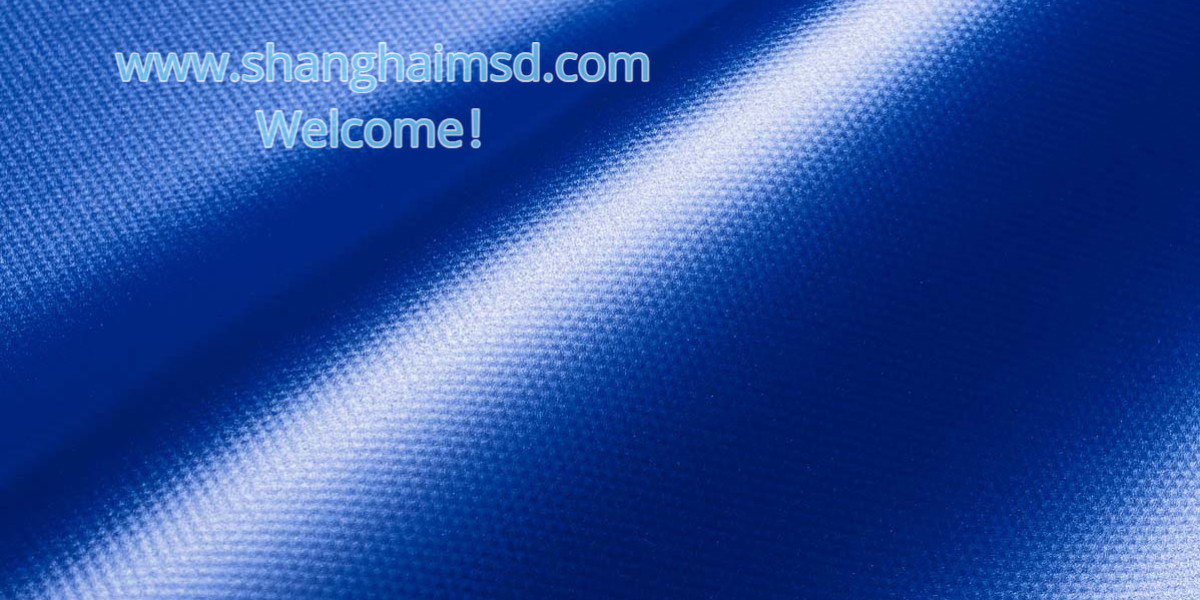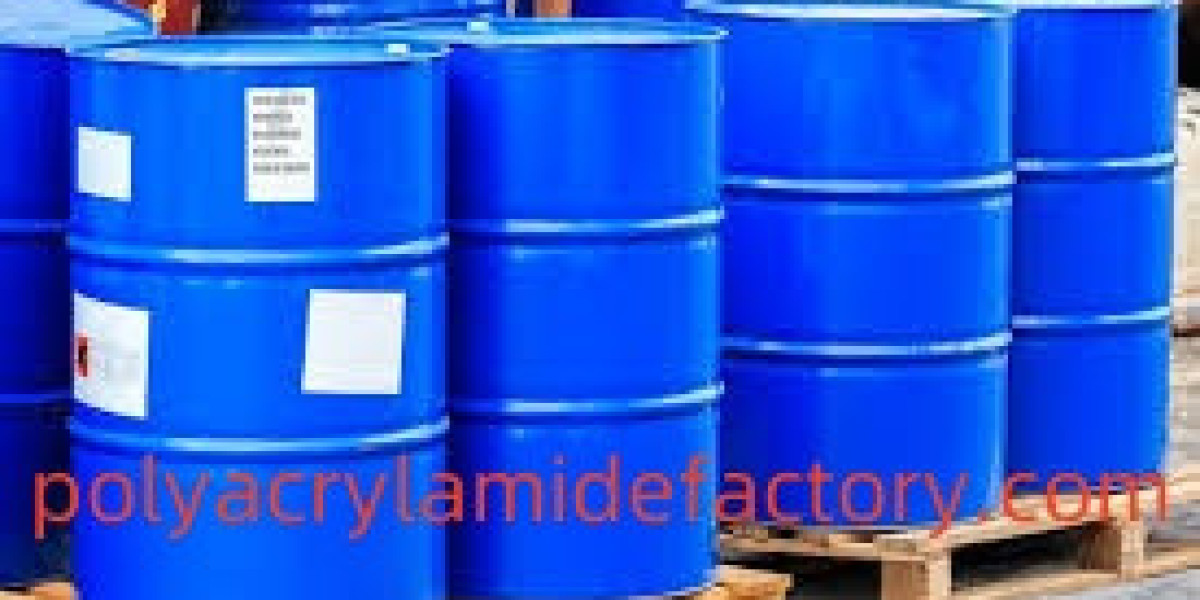In recent years, the global marine leisure sector has seen an impressive expansion, with inflatable boats gaining significant popularity among outdoor enthusiasts, rescue teams, and maritime professionals alike. At the heart of this surge lies one critical component— Inflatable Boat Fabric . As these versatile vessels take on more demanding roles in diverse environments, the performance, durability, and adaptability of the fabric used in their construction have become central to meeting market expectations.
One of the key drivers behind the growing demand is the increase in recreational water sports and boating activities. From coastal tourism to inland water excursions, consumers are looking for lightweight, portable, and easy-to-store solutions, which inflatable boats naturally offer. This growing interest places pressure on materials to be not only lightweight but also tough enough to withstand harsh marine conditions. Fabrics must resist abrasion from sand, rocks, and docks, endure exposure to saltwater and UV rays, and maintain structural integrity across varying temperatures. This has led to innovation in fabric development, with manufacturers producing multi-layered, coated materials that balance flexibility and toughness.
The expansion of inflatable boat use into emergency response and commercial logistics further amplifies the need for high-performance materials. Fire rescue teams, flood relief operations, and military applications now rely heavily on inflatable craft due to their rapid deployment and maneuverability. For these users, fabric must offer puncture resistance, air retention, and ease of repair. As a result, industry players have responded with advanced inflatable boat fabric options using technologies such as TPU (thermoplastic polyurethane) coatings, reinforced base cloths, and thermo-bonding techniques to enhance seam strength and longevity.
Another notable trend influencing the market is the growing emphasis on sustainability. Eco-conscious consumers and regulatory pressures are prompting manufacturers to explore more environmentally responsible fabric solutions. Alternatives to traditional PVC, such as phthalate-free formulations and recyclable materials, are gradually making their way into production lines. Though still in early adoption, these changes hint at a shift that will shape the future landscape of inflatable marine products.
Looking ahead, as emerging economies boost their marine tourism infrastructure and adventure sports culture, the demand for reliable inflatable boats—and by extension, premium inflatable boat fabric—is set to rise even further. Fabric producers who can innovate in performance, sustainability, and cost-efficiency will be well-positioned to meet the evolving needs of this vibrant market. For more infomation, visit shanghaimsd.com .





